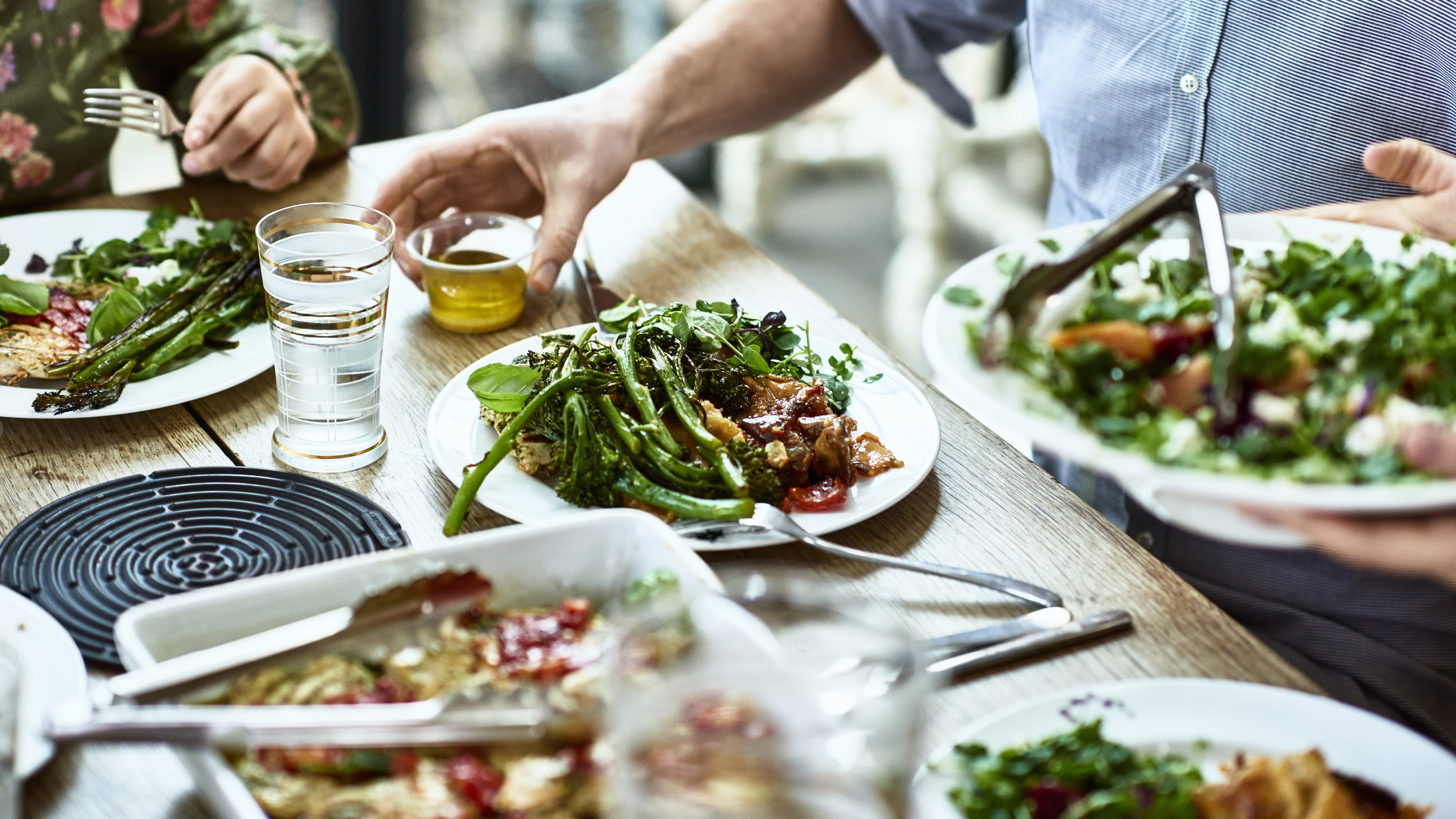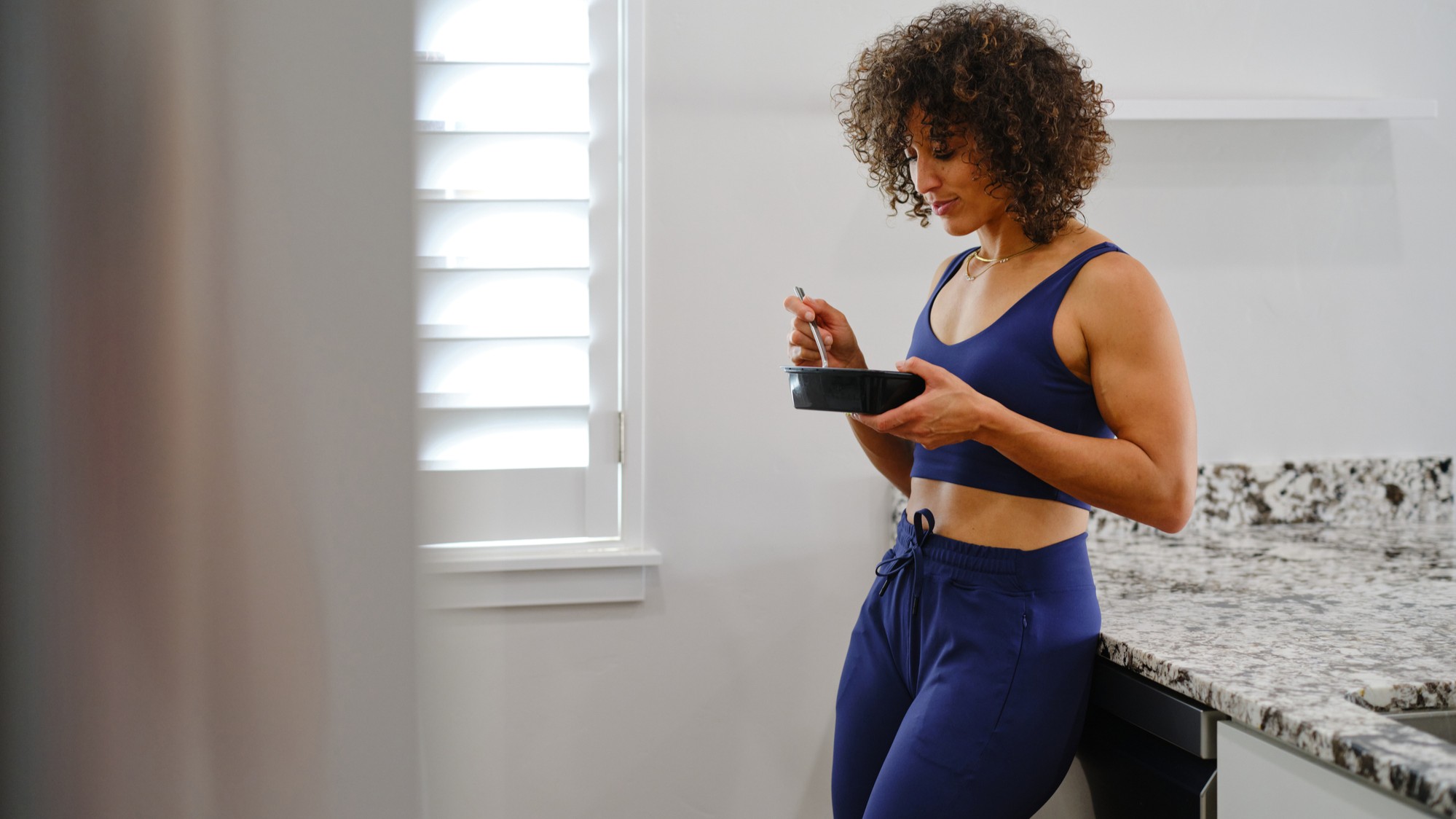Healthy eating: Are you getting enough fibre in your diet?
The benefits of including dietary fibre as a part of your healthy eating plan


Are you getting enough fibre? Probably not. Dietary fibre is often considered something we need to be including in our healthy eating plans, but not many of us know exactly which foods to eat to get it, why it's beneficial, or even what dietary fibre really is.
We break down your most commonly-asked dietary fibre questions, with the help of scientific studies and expert voices. We'll show you the benefits of increasing your fibre intake, how to avoid some potential pitfalls and what to add to your diet.
Dietary fibre: Insoluble and soluble
Dietary fibre is defined by Medical News Today as "the indigestible part of plant foods". Dietary fibre comes in two distinct types: insoluble and soluble.
Insoluble fibre, as the name suggests, does not dissolve in water. It passes through your body's gastrointestinal tract pretty much intact, and because of this it's been found to reduce constipation in a study published in the World Journal of Gastroenterology, helping to fight against gastrointestinal diseases.
Soluble fibre dissolves in water, creating a gelatinous substance which can be broken down in the stomach. This can provide other benefits such as reduced cholesterol and regulated blood sugar levels.
Dietary fibre: Benefits
The presence of fibre in your gut is thought to slow down the carbohydrate digestion from the rest of your meal. Starchy carbohydrates are ordinarily digested very quickly, sometimes causing blood sugar spikes and rapid weight gain. Slowing this process down helps prevent these issues, keeping your body at a healthy weight.
Expert dietician Nichola Ludlam-Raine says: "Eating an adequate amount of fibre as a part of a healthy balanced diet, in addition to exercising regularly and getting enough sleep, can help to improve gut health which in turn may impact on our mood, heart health and immune system too."
It's well known stress can impact our digestive health, but a report from John Hopkins Medicine suggests this also works the other way around: a healthy gut can inform our brain's mental state. This, Ludlam-Raine says, can impact our moods and feelings, helping fight feelings of anxiety and depression.

Dietary Fibre: How to get more fibre into your diet
High-fibre cereals such as Lizi's Granola or Weetabix is a great start when it comes to getting more fibre into your diet. Most whole wheat cereals contain a higher proportion of fibre than its refined alternatives.
The next step should be to add plenty of fibrous fruits, such as apples, bananas and oranges, and vegetables such as broccoli to your diet. Pulses, like beans and lentils, and snacks like rye crackers and wholemeal bread are also good ways to cram more fibre into your diet.
The UK's National Health Service recommends 30g fibre per day for adults.
Dietary Fibre: The common pitfall
Now you know how important dietary fibre is to our health, it's tempting to get started with eating lots of fibre straight away. However, a sudden diet upset can cause problems.
"Don’t rush into upping your fibre intake all at once," says Ludlam-Raine. "This can cause stomach pains and bloating. Instead, try building your fibre intake over a period of time."
Liked this?
Get the Fit&Well Newsletter
Start your week with achievable workout ideas, health tips and wellbeing advice in your inbox.
Matt Evans is an experienced health and fitness journalist and is currently Fitness and Wellbeing Editor at TechRadar, covering all things exercise and nutrition on Fit&Well's tech-focused sister site. Matt originally discovered exercise through martial arts: he holds a black belt in Karate and remains a keen runner, gym-goer, and infrequent yogi. His top fitness tip? Stretch.
-
 Put down the protein shake—this high-protein chicken and rice recipe is a better way to refuel after a workout
Put down the protein shake—this high-protein chicken and rice recipe is a better way to refuel after a workoutAnd it only takes 10 minutes to make
By Lou Mudge
-
 The three Pilates exercises every beginner should start with, according to an expert instructor
The three Pilates exercises every beginner should start with, according to an expert instructorA sequence that will take you no more than 10 minutes
By Alice Porter